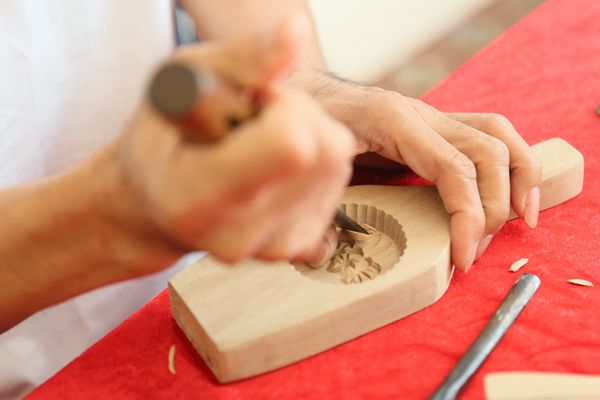 |
|
Cake modeling.[Photo provided to China Daily] |
"The paintings have great value since they reflected the social and government affairs in the old times," she says.
The paintings were mainly exported to the outside world in the 18th and 19th centuries and featured such social scenes as government official portrait, textile making and art performance in late Qing Dynasty (1644-1911).
They were quite a hit among the Westerners for showcasing Chinese elements via Western painting theories.
Unlike most papers made of pulp, the tongcao painting paper was directly cut from plants.
"It asks for good skills to ensure each piece is smooth and consistently in the right thickness," Zhou explains.
One of the charms about the painting is that the paper is durable enough to allow artists to do art creations and repairs several times.
"Moreover, when you see the final works under the light, they take a three-dimensional form," she says.
Zhou is among an increasing number of art masters who are embracing opportunities to show their arts to a wider audience.
To date, more than 50 Chinese intangible cultural heritages are available for visitor experience at Airbnb, the company reports.
They cover traditional handicraft, tea art, pottery, gourmet food, opera, kung fu, board games, calligraphy and painting in major cities, including Beijing, Shanghai, Guangzhou and Sichuan province's capital Chengdu.
About 30 of them are world-class, and the total number of intangible cultural heritage experiences is expected to double this year, says Peng Tao, president of Airbnb China.